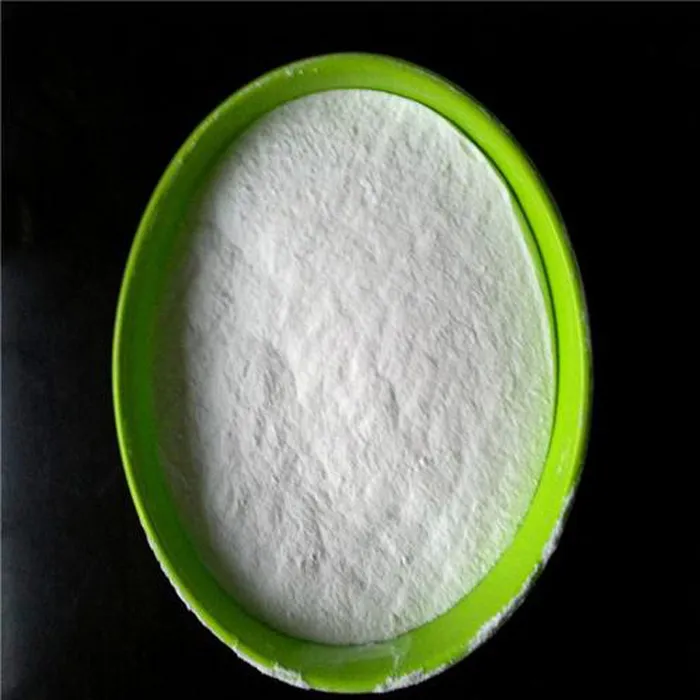The Role of Cationic PAM in Water Treatment Processes
Cationic Polyacrylamide (PAM) has emerged as a pivotal component in various industrial applications, particularly in water treatment processes. This synthetic polymer, characterized by its positive charge, plays an essential role in enhancing the efficiency of treatments aimed at purifying water and maximizing resource recovery. As environmental regulations become stricter and the demand for sustainable practices rises, understanding the applications and advantages of cationic PAM is increasingly vital.
What is Cationic PAM?
Cationic PAM is a water-soluble polymer derived from acrylamide, with cationic properties introduced through the addition of a positively charged monomer. This modification gives cationic PAM its unique ability to interact with negatively charged particles found in wastewater, such as silt, clay, and other colloidal materials. Due to its large molecular weight, cationic PAM can effectively bridge these particles, promoting aggregation and flocculation, which significantly enhances sedimentation rates and clarifies the water.
Applications in Water Treatment
Cationic PAM is widely used in various water treatment processes, including municipal drinking water treatment, wastewater treatment, and sludge dewatering. In municipal water treatment facilities, cationic PAM helps improve the removal of suspended solids and turbidity, ensuring that the water meets health and safety standards for public consumption. In wastewater treatment, its flocculation capabilities assist in reducing the volume of solid waste and enabling the effective recovery of valuable resources from sewage.
Additionally, in the sludge dewatering process, cationic PAM acts as a dewatering aid, enabling the efficient separation of water from sludge. This is crucial in reducing the overall volume of sludge that must be managed and disposed of, thereby increasing the sustainability of waste treatment practices. By improving the efficiency of these processes, cationic PAM not only saves operational costs but also contributes to environmental conservation.
Benefits of Using Cationic PAM
cationic pam

The key benefits of utilizing cationic PAM in water treatment processes extend beyond just improving efficiency. This polymer exhibits a high degree of adsorption onto negatively charged solid surfaces, leading to enhanced floc formation and quicker settling times. As a result, treatment facilities can process larger volumes of water in a shorter time frame, making their operations more efficient and economical.
Moreover, cationic PAM is versatile; it can be tailored to meet the specific needs of different water treatment applications. By adjusting the molecular weight and charge density, manufacturers can create customized formulations that optimize performance based on the characteristics of the wastewater being treated. This flexibility allows for targeted solutions that enhance treatment efficacy while minimizing operational challenges.
Environmental sustainability is another significant advantage of cationic PAM. With the increasing focus on reducing effluent discharges and improving resource recovery, the demand for effective treatment chemicals is rising. Cationic PAM supports these goals by facilitating the efficient treatment of wastewater, thus decreasing the environmental impact associated with untreated discharges.
Safety and Environmental Considerations
While cationic PAM offers numerous advantages, it is essential to consider its safety and environmental impact. Although generally considered safe for use in treatment applications, proper handling and application procedures must be followed to minimize any potential risks. Continuous research and regulatory oversight are necessary to ensure that its use does not negatively affect aquatic ecosystems or human health.
Conclusion
In conclusion, cationic PAM is a vital tool in modern water treatment processes, providing significant improvements in efficiency, sustainability, and resource recovery. As global water challenges intensify, the role of cationic PAM will likely expand, driving innovation in wastewater management and water purification technologies. Understanding and leveraging its properties can help industries meet growing regulatory demands while contributing to a more sustainable future.

